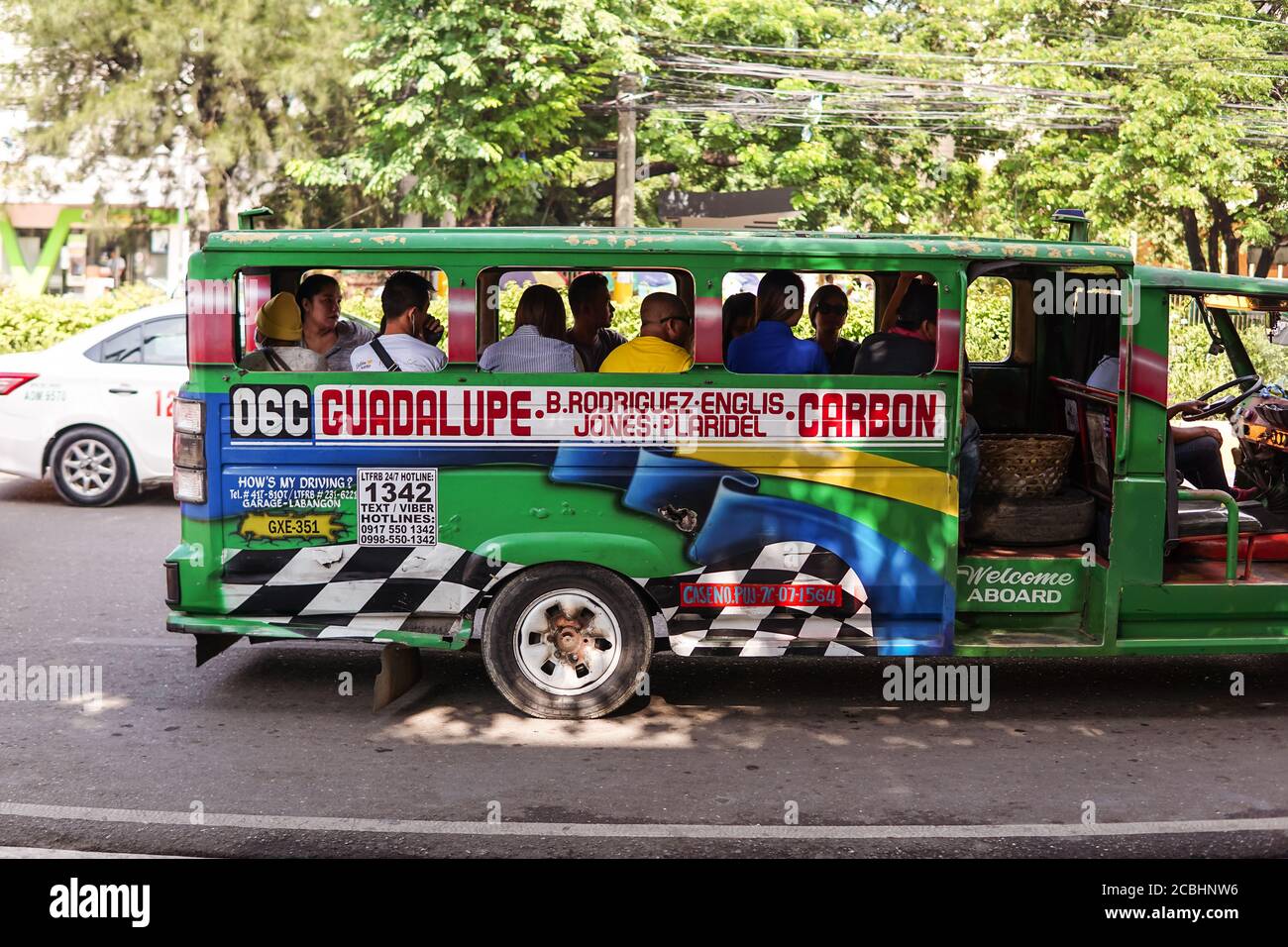Transit Advertising Philippines for Unmatched Brand Visibility
Transit Advertising Philippines for Unmatched Brand Visibility
Blog Article
How Transportation Advertising Can Change Public Transportation Spaces Into Dynamic Advertising And Marketing Platforms
Transit advertising holds substantial potential to redefine mass transit rooms right into lively advertising platforms that educate and involve. By making use of cutting-edge styles such as interactive stands and electronic display screens, brands can not only reach a varied target market however also boost the total traveler experience. This technique produces a distinct opportunity for brands to connect with customers in a setting that is commonly ignored. As we discover the multifaceted advantages and progressing approaches of transportation marketing, it elevates the concern of how this transformation might redefine our interactions with both brands and the metropolitan environment.
Advantages of Transit Marketing

Additionally, transit advertising is very economical contrasted to standard media. It enables marketers to attain high perceptions at reduced expenses, maximizing roi. The captive audience of commuters offers a chance for brands to convey their messages to individuals who are frequently receptive throughout their traveling times.
Additionally, the dynamic nature of transportation advertising allows campaigns to be updated regularly, ensuring that messaging remains timely and appropriate. This versatility can be vital in reacting to market fads or promotional events, keeping the brand name top-of-mind for consumers. Lastly, the prevalent visibility of transportation advertising contributes to brand recall; duplicated direct exposure within familiar traveling contexts reinforces brand awareness and promotes customer loyalty, ultimately driving sales and improving brand name reputation.
Kinds Of Transportation Advertising
Mass transit systems supply various formats for advertising and marketing, each catering to various advertising and marketing strategies and audience interaction approaches. One popular type is external bus and train covers, which cover the entire vehicle and develop a mobile billboard result, permitting for high presence in metropolitan environments. These covers can capture focus as they traverse hectic roads, getting to a varied target market.
An additional popular layout is indoor marketing, which includes posters, digital displays, and ads on transit seats. These positionings involve travelers during their trip, strengthening brand messaging in a confined space. Digital shows, particularly, supply the benefit of vibrant material, allowing marketers to upgrade messages in real-time.
Terminal marketing is additionally substantial, including posters, banners, and interactive stands within transportation terminals. These advertisements leverage foot web traffic and can target certain demographics based upon place.
Lastly, advertising partnerships with transportation authorities can result in unique campaigns, such as themed transit experiences or events, improving the overall involvement with commuters. Each type of transit advertising and marketing offers unique benefits, permitting brands to tailor their technique to effectively reach their target audience within the public transportation environment.
Involving Commuters Effectively
Travelers are significantly flooded with marketing messages during their day-to-day journeys, making it important for brands to engage them in innovative methods. To capture interest in this congested space, advertisers must focus on imagination and significance. Using distinctive visuals and succinct messaging can significantly improve the possibility of find here engagement.
Interactive elements, such as QR codes or augmented truth features, can additionally transform fixed ads into immersive experiences, fostering a much deeper connection with the target market. Brands should concentrate on attending to commuters' rate of interests and demands, tailoring messages to resonate with their way of living, whether through promos for regional companies or services created to boost their travelling experience.
Furthermore, timing plays a vital duty; strategically positioning ads during peak travelling hours can optimize exposure and impact. Involving travelers efficiently likewise entails leveraging social networks integration, allowing guests to share their promos or experiences straight from transportation platforms, thereby amplifying brand reach.
In essence, efficient engagement rests on recognizing the traveler journey and producing compelling, interactive, and appropriate advertising and marketing experiences that not only capture focus but also drive activity and commitment. By doing so, brand names can change public transportation right into a dynamic advertising system that reverberates with its audience.

Measuring Advertising And Marketing Influence
How can brands precisely evaluate the performance of their marketing projects in transportation settings? Determining the influence of transportation advertising needs a diverse technique that combines measurable and qualitative metrics. One common technique is tracking interaction through mobile analytics, where brand names can examine foot web traffic patterns and application interactions previously, during, and after projects.
Surveys can provide important understandings right into brand name recall and customer view, enabling brand names to assess just how well their messages reverberate with commuters. Additionally, keeping an eye on social media engagement pertaining to particular campaigns can reveal changes in public assumption and brand conversation.

Moreover, collaborating with transit companies can improve dimension precision, as they typically have comprehensive demographic information on ridership fads. By incorporating these methodologies, brand names can establish a detailed understanding of their advertising efficiency, making certain that their projects not just get to yet additionally description impact their target market successfully.
Future Trends en route Marketing
A substantial change is prepared for in transportation advertising and marketing as technological advancements and transforming consumer actions reshape the landscape. Transit Advertising Philippines. The integration of electronic display screens and multimedias is anticipated to enhance interaction, allowing brands to supply vibrant material that resonates with diverse target markets. As public transport systems embrace smart modern technology, marketers will certainly leverage real-time data analytics to tailor messages based upon passenger demographics and habits
Moreover, increased truth (AR) is positioned to transform the way commuters interact with ads. By providing immersive experiences, AR can change an ordinary trip into an interesting story that records attention and cultivates brand commitment. This innovation will likely encourage marketers to create more experiential campaigns that drive customer interaction.
Sustainability is an additional vital trend affecting transit advertising and marketing. As ecological consciousness grows, brands will progressively seek to line up with environment-friendly techniques, using sustainable products and promoting green efforts within their projects.
Conclusion
In conclusion, transit advertising and marketing provides significant advantages by improving brand presence and involving a captive audience. With various styles, such as outside covers and digital displays, it changes mass transit into a vivid marketing system. Reliable involvement techniques and robust measurement methods better amplify its impact. As trends progress, the possibility for cutting-edge communications between brands and travelers is poised to address grow, making sure that transit advertising remains an essential component of modern-day advertising and marketing approaches.
Transportation marketing holds significant potential to redefine public transport spaces into dynamic advertising systems that involve and inform. The prevalent visibility of transit marketing adds to brand recall; duplicated exposure within familiar traveling contexts enhances brand awareness and fosters consumer loyalty, inevitably driving sales and improving brand track record.
Exactly how can brands accurately analyze the effectiveness of their advertising campaigns in transit atmospheres?In final thought, transit advertising provides considerable benefits by boosting brand presence and engaging a captive audience. Transit Advertising Philippines. As trends advance, the capacity for cutting-edge communications in between brands and commuters is poised to expand, ensuring that transportation marketing remains a vital part of modern marketing methods
Report this page